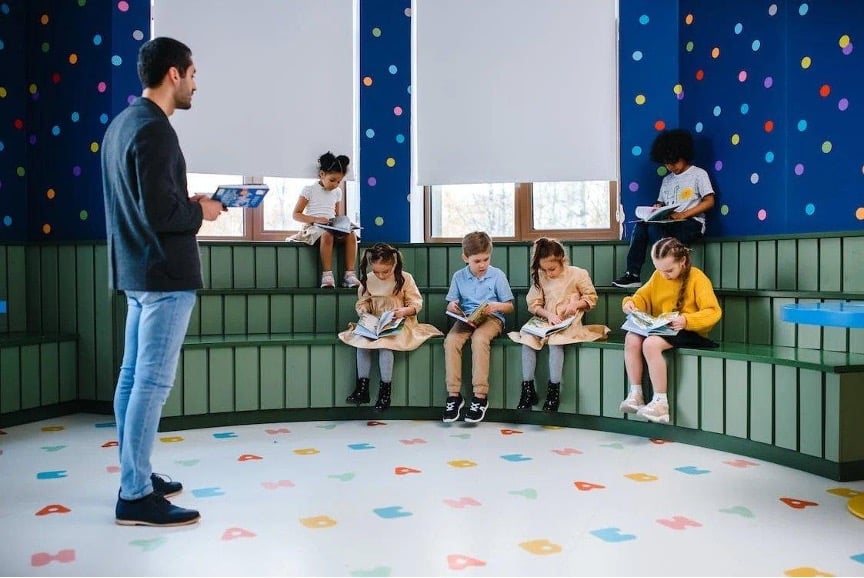Elementary Reading Tools for Early Readers Struggling
Introduction: Reading is a fundamental element of education, and one of the most important skills a child can learn. Unfortunately, many children struggle with reading when they reach kindergarten and elementary school. As educators, it’s our job to provide students with effective tools and strategies that will help them improve their literacy and comprehension skills. In this article, we’ll explore a number of creative tools that can help elementary school teachers assist their young students in developing their reading abilities.
Identifying Struggles: The first step in helping a student to learn to read is to identify what kind of struggles they may be facing. Generally, the primary reasons for difficulty with reading are either related to lack of phonemic awareness or lack of motivation. Phonemic awareness refers to the ability to recognize and manipulate the individual sounds in words. When a student has difficulty with phonemic awareness, they may have trouble blending the single sounds together to form words. Motivation can be a challenge, especially when it comes to topics that may seem boring or irrelevant to the student.
Developing Strategies: An effective method of increasing literacy is to provide students with interactive activities such as games and puzzles. These activities can help students to stay engaged and actively participating in learning. For example, word scramble and other games that involve rearranging letters to make a word can help to reinforce phonemic awareness. Additionally, providing students with interesting texts that reflect their own experiences can also help to increase motivation and engagement.
Online Resources: Nowadays, educators have access to a plethora of online resources that can be used to help students develop their reading skills. Websites such as RAZ-Kids, Starfall, and Reading A-Z, and our favorite ReadingTeacher all offer a wealth of interactive lessons and activities that students can use at their own pace. Additionally, YouTube channels like Learn ABCs and Read Along with Mrs. Wright offer helpful videos that teach students about the basics of reading.
Final Considerations: Though there are a variety of tools and strategies that teachers can use to help their students learn to read, it is important to take into account the individual needs of each student. What works for one student may not necessarily work for another. Additionally, professional guidance from a reading specialist can be immensely helpful when assessing a student’s particular challenges.

Conclusion: Learning to read can be a challenging task, especially for young students. However, with the right tools and strategies in place, teachers can help their students to overcome this challenge and achieve success. Using a combination of interactive activities, engaging texts, and online resources, teachers can equip their students with the skills needed to become confident readers.
Start Teaching Reading for Free Now!
Access Level 1’s four interactive stories and the accompanying supplemental resources to teach elementary students how to read. No credit card is needed. Join the 42,635 teachers and students using our reading program.
